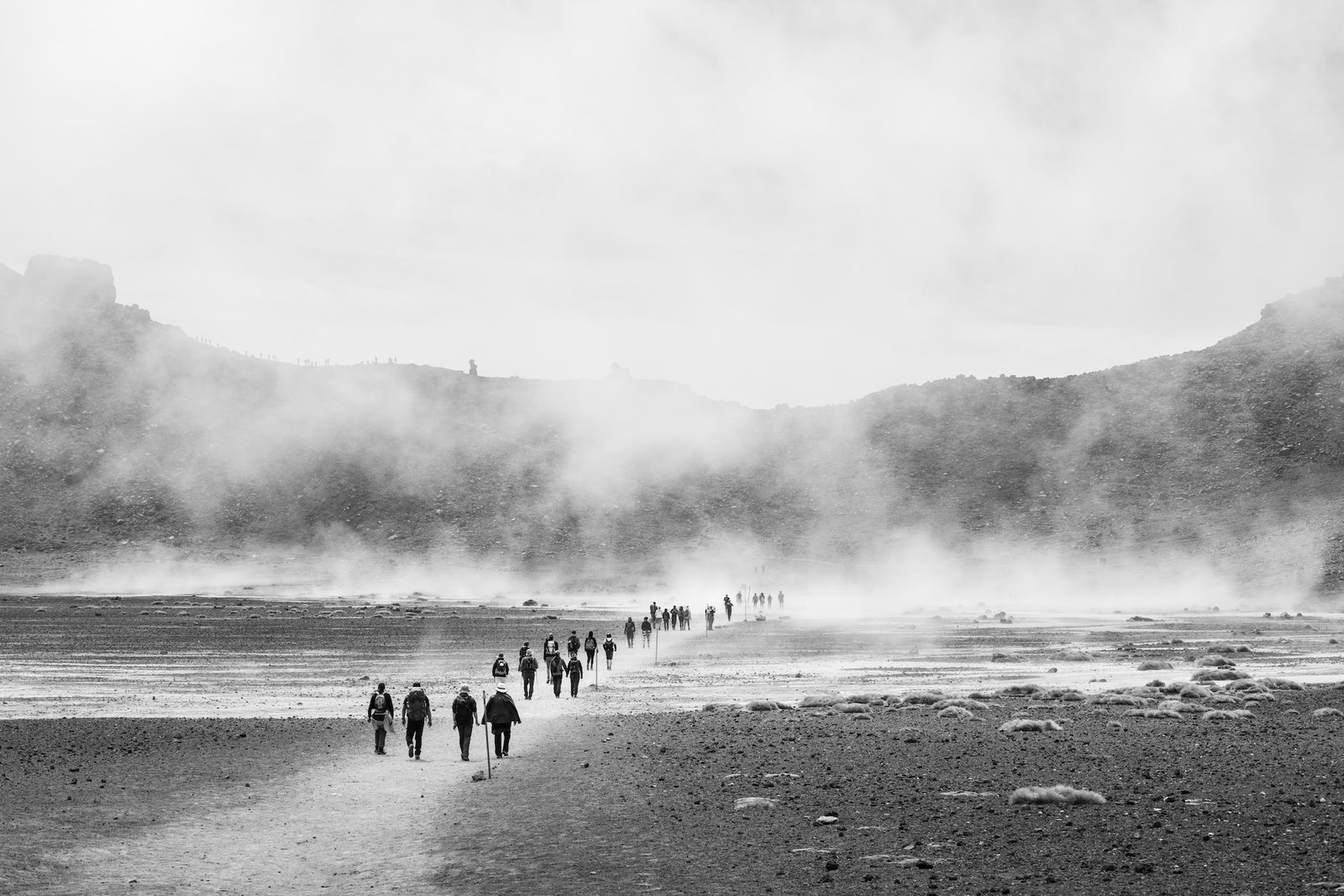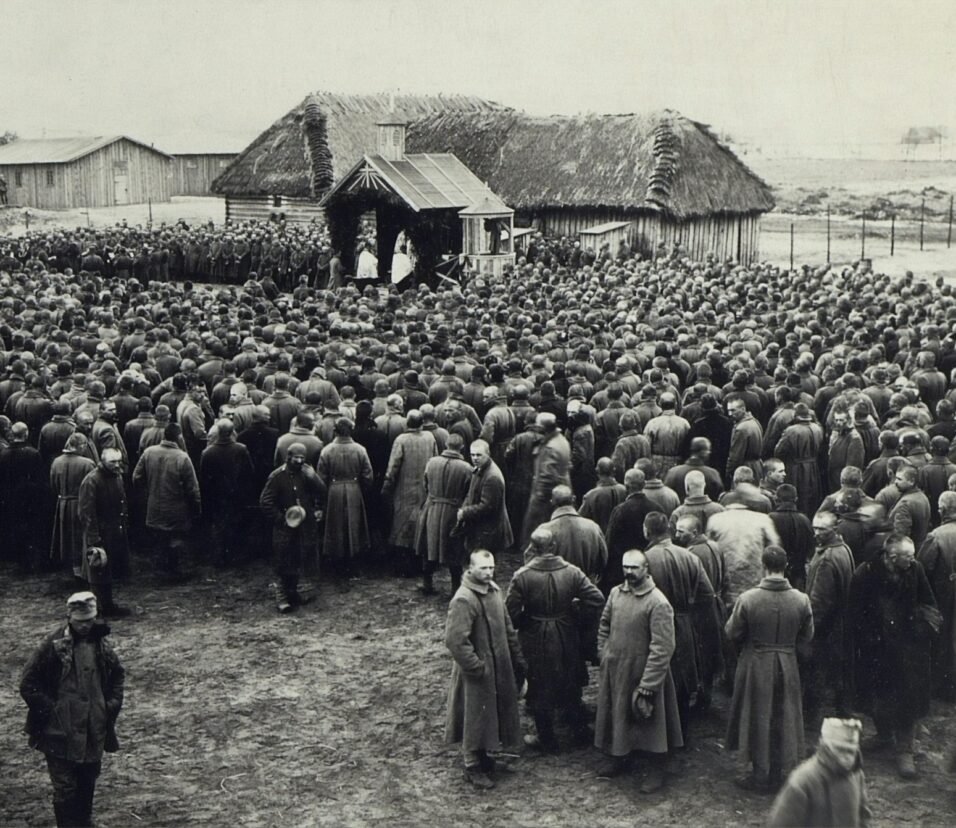The Great Migration
The United States has a history filled with events that reshaped its socio-cultural fabric, but few have the magnitude and impact of the Great Migration. This monumental exodus of Black Americans from the rural Southern states to the urban North and West was not merely a demographic change; it transformed the nation in ways still felt today.
Origins of the Great Migration
The Great Migration occurred in two waves: the first, from 1916 to 1940, and the second, from 1941 to 1970. The origins of this shift are multifaceted:
- Economic Desperation: The boll weevil infestation devastated Southern cotton crops in the early 20th century. This, coupled with frequent flooding, made farming challenging and left many Black families destitute.
- Industrial Boom: The North was experiencing an industrial boom. World War I had reduced European immigration, creating a labor vacuum in Northern factories, which offered higher wages and better conditions than Southern agricultural work.
- Social Pressures: Jim Crow laws institutionalized racial segregation in the South. Lynchings and racial violence threatened Black lives daily. The North, while not devoid of racial prejudices, promised relative safety and more civil liberties.
Traveling to New Destinations
The journey wasn’t easy. Families would often send a member first to scout opportunities, and once established, others would follow. Trains brimming with hopeful individuals left Southern stations daily, with cities like Chicago, Detroit, New York, and Philadelphia becoming prime destinations.
Impacts on Urban Life and Culture
- Cultural Renaissance: The influx of Black individuals in Northern cities, especially Harlem in New York, led to the Harlem Renaissance—a cultural, social, and artistic explosion. Legends like Langston Hughes, Zora Neale Hurston, and Louis Armstrong emerged, reshaping American music, literature, and art.
- Economic Dynamics: Black Americans, eager for better opportunities, entered various sectors. They faced challenges, including labor competition and union discrimination, but their contributions were integral to the North’s economic dynamism.
- Racial Tensions: The migration wasn’t free of friction. As Black populations grew, tensions with white communities escalated, leading to events like the Chicago Race Riot of 1919. These tensions were multifaceted, rooted in job competition, housing scarcities, and deep-seated racial prejudices.
Political and Social Changes
- Electoral Impact: The migration altered voting demographics. Black voters, now in states where their votes mattered more, began influencing elections and policies. This led to a shift from predominantly Republican allegiance (the party of Lincoln) to the Democratic Party by the mid-20th century, especially post the New Deal.
- Civil Rights Movement: While the seeds of the Civil Rights Movement were sown in the South, the Great Migration played a part. Migrants, having experienced relative freedoms in the North, became more vocal advocates for nationwide civil rights.
- Community and Church: In their new cities, migrants sought familiar communal ties. Black churches grew in prominence, not just as spiritual centers but as hubs for social services, community gatherings, and later, civil rights activities.
Challenges in the North
While the North offered relative advantages, it was not a utopia. Migrants faced:
- Housing Issues: Due to racial covenants and redlining, Black families were often restricted to certain neighborhoods, leading to overcrowding and inadequate facilities.
- Economic Discrimination: Discrimination persisted in job markets. Black workers often received the least desirable jobs and faced hostility from their white counterparts.
- Cultural Adjustments: Moving from rural to urban settings required cultural adjustments, with migrants navigating the hustle of city life while preserving their Southern heritage.
Legacy of the Great Migration
The Great Migration has left an indelible mark:
- Demographic Reshaping: Cities like Chicago and Detroit still reflect the migration’s demographic influence, with vibrant Black communities that trace their roots to this era.
- Cultural Contributions: Genres like jazz, blues, and gospel flourished post-migration, influencing global music. The literary and artistic outputs of the era have become foundational in American culture.
- Socio-Political Evolution: The migration laid the groundwork for further socio-political transformations, especially the Civil Rights Movement of the 1960s.
Factors Influencing the Great Migration
While the primary triggers of the Great Migration were economic opportunity and escaping racial violence, a closer examination reveals intricate factors playing their part:
- World Wars: Both World Wars I and II played roles in amplifying the Great Migration. The wars created labor shortages in the North due to soldiers leaving for battle. The defense industry’s growth, especially during WWII, further heightened the demand for labor, drawing Black Southerners in significant numbers.
- Communication: Word-of-mouth played a crucial role. Letters from pioneering migrants back to families and friends, detailing the North’s opportunities, influenced many to make the journey. Newspapers, especially Black-owned ones like the ‘Chicago Defender’, played an influential role in encouraging migration.
Cultural and Social Impacts in Depth
- Birth of New Music Genres: Jazz, Rhythm & Blues, and later, Rock & Roll, have their roots intertwined with the Great Migration. As Black Southerners settled in cities like Chicago and Detroit, they blended Delta blues with urban sounds, eventually giving rise to the Chicago blues sound. Artists like Muddy Waters and B.B. King exemplified this evolution. Detroit, with its Motown sound, reshaped pop music’s landscape.
- Evolution of Black Intellectualism: Northern cities became hubs for Black intellectualism. Universities and colleges saw an influx of Black scholars and thinkers. Institutions like Howard University in Washington, D.C., became centers for debates on Black identity, rights, and the path forward.
Challenges: The North wasn’t always the Promised Land
- Racial Violence in the North: While the South was infamous for its brutal racial violence, the North wasn’t immune. As Black populations increased, so did racial tensions. These occasionally boiled over, leading to race riots, such as the aforementioned Chicago Riot of 1919 and the Detroit Riot of 1943.
- Economic Exploitation: Unscrupulous landlords and employers sometimes exploited the influx of Black migrants. Overpriced, substandard housing and wages lower than their white counterparts became issues Black Northerners grappled with.
- Adjusting to Urban Life: Rural Southerners, accustomed to open fields and close-knit communities, often faced culture shock in the North’s bustling cities. This adjustment wasn’t just physical, but emotional and psychological.
The Second Wave and its Nuances
While the first wave of the Great Migration (1916-1940) was primarily driven by economic factors and escaping racial violence, the second wave (1941-1970) had its nuances. The mechanization of agriculture in the South, particularly the cotton industry, played a pivotal role. Tractors and machines reduced the need for manual labor, displacing thousands. The WWII economic boom in the North further accelerated this second wave.
Conclusion
The Great Migration was more than a physical journey. It was a pursuit of a dream, a quest for safety, rights, and a better life. Its ripples, both challenging and transformative, have molded American society, culture, politics, and economics. Understanding this migration is essential to grasp the intricacies of America’s ongoing journey toward equality and justice.







